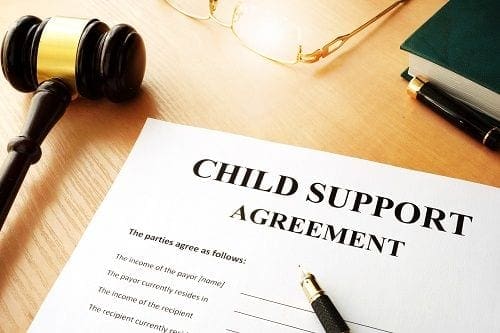Having one’s child support modified is common, as children grow and have changing needs, and as the financial circumstances of either parent changes. Here’s what California law says about child support modifications.
The first thing to note is that getting the process started for modifying child support in Oceanside is as easy as submitting a modification request to the court. The court will then consider the circumstances of the parties involved and issue its ruling. There are many things that go into that decision, however.
Promotions and Job Losses
The most common reason for requesting a child support order is based on an income change, especially if it’s the parent responsible for making payments. Often, there are expectations of job changes, even if the details aren’t certain.
For example, there could be a promotion looming in the near future that could very well mean a salary increase. On the other hand, there might be rumors of layoffs or other bad news, which, naturally, would mean a loss of income.
In these instances, one could speak with an Oceanside child support attorney for guidance on how to move forward, when to move forward, and what kind of paperwork will be required.
It’s important to note, however, that a parent responsible for making child support payments must continue making them until any changes are applied.
This is crucial because the law looks only at what a parent is ordered to pay when determining delinquency, not whether he or she has a job. If the paying parent is unemployed but doesn’t notify the court or his lawyer right away, everything stands.
Remember, delinquent payments mean a minimum of 10 percent interest tacked on to the unpaid balance.
Child Support Modification Guidelines
According to The Judicial Branch of California, “…courts are required to order the amount of child support determined by the child support guideline unless the case fits 1 of the few legal exceptions to that rule. One of the exceptions is that the parties agree to an amount different (higher or lower) from the child support guideline, as long as it meets certain tests.”
There are many divorced couples who co-parent their child and create their own support agreements. These are known as “non-guideline support.”
These agreements work best when both parents share the same beliefs and priorities when it comes to their children. Often, a mediator can help facilitate the earliest agreements as they learn the process.
This only works if there is an understanding and expectations are fair, above board and with a commitment to the children. Another condition is neither parent can receive public assistance, nor can there be an application for pending public assistance.
A fixed amount must be agreed upon and a judge must approve the arrangements; however, the parties can sign the agreement and submit it to the court clerk for the judge’s review. Once that happens, the parties are notified and they can put the agreement in force. It’s not necessary to go before the judge, according to our child support attorneys.
When both parents want the best for their children and if they can find common ground, even after a divorce, that will always be a “best case scenario” for the children.
Schedule a complimentary consultation with us, please call (760) 722-7646 or complete our online contact form.






